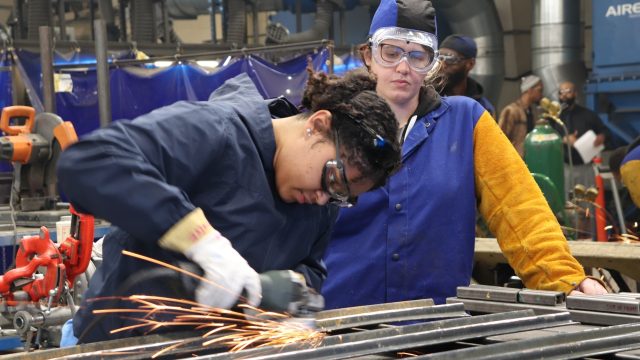
Problem solving in a world full of interruptions
Originally posted on The Horizons Tracker.
The modern work environment is nothing if not a hive of interruptions, whether from colleagues chattering across our open-plan office or the digital disruptions vying for our attention. Most of the time these disruptions are portrayed as negative, harmful as they are to our concentration and focus.
A recent study1 from Boston University suggests that interruptions may actually help us when we’re attempting to solve problems as a team however.
Volunteers were split into teams of three and tasked with solving the classic traveling salesman problem that requires a salesman to visit 25 cities in the shortest possible time before returning to base again. Some of the teams could see the contributions from all members, others could only see their individual contributions whilst a third group could only see team contributions occasionally.
Interestingly, the best and most creative solutions came from teams where there was a combination of alone time and open sharing. This provided the right balance of quiet time to focus on our ideas, and time for learning from our team mates.
Optimal interactions
Suffice to say, the teams were interacting via an online environment rather than face-to-face, but the researchers believe that real world interactions would provide even stronger evidence for intermittent interaction being crucial.
They reason that this is in many ways the most natural form of interaction, as we have historically always tried to learn from others, but we don’t do so all the time. Periods of isolation encourage us to experiment and figure things out on our own.
Whilst the study focused exclusively on a single problem type that may not be easily replicable to traditional office environments, the researchers are confident that their findings do translate nonetheless to our working lives.
Whether we’re designing workplaces, constructing meetings or even utilizing modern communication tools like Slack, they believe that their findings provide some food for thought as to the best way to do this to encourage effective problem solving.
Article source: Problem Solving In A World Full Of Interruptions.
Header image source: Lyncconf.com on Flickr, CC BY 2.0.
Reference:
- Bernstein, E., Shore, J., & Lazer, D. (2018). How intermittent breaks in interaction improve collective intelligence. Proceedings of the National Academy of Sciences, 115(35), 8734-8739. ↩





